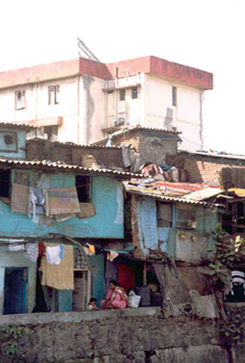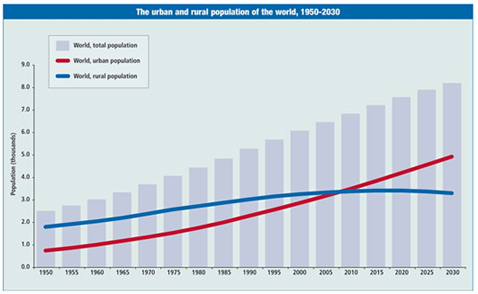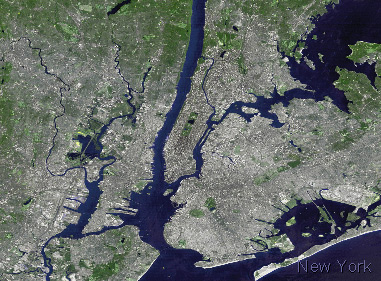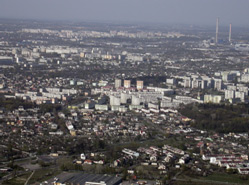|
|
Urbanization process is a domain of developing countries. One of the results of the extremely high densities of fast-growing populations is "wild development", leading to such negative social and ecological effects as: formation and growth of slums and intense pressure on the environment and its resources (e.g., water and space). At the same time, an inverse process, so called sub-urbanization, take place and has an important meaning in highly developed countries. Disperse of the human population to the cities' outskirts and surrounding lands results with increase of the antropopression on expanding extra-municipal areas, changes in the structure of the space organization, increased pressure on water resources and green areas. The final effect of this process is formation of so called Megalopolis, e.g. BosWash, where the area of approx. 146 thousand km2 is inhabited by a population of above 45 millions. Several water related problems, such as: modification of microclimate, changed environmental conditions for water cycling in landscape, reduced capacity for water retention thus increased vulnerability to extreme events (e.g., long-lasting droughts and extreme floods) and deteriorated quality of water resources are become burning issues and challenges in the new global urbanized world. Rapid development of landscape an housing often result with physical modification of habitats, which often results with degradation of the ability of ecosystems to maintain theirs structures and properties, thus providing ecosystem services.
The World in XX and XXI century have witnessed rapid urbanization:
United Nations, DESA, Population Division.World Urbanization Prospects: The 2005 Revision http://esa.un.org/unpp/ MEGA-CITIES Among the six most populous mega-cities in the world in 2005 - Tokyo, Ciudad de México (Mexico City), New York-Newark, Sao Paulo, Mumbai (Bombay) and Delhi - Ciudad de México (Mexico City), Mumbai (Bombay) and Delhi had annual population growth rates above 2.4%. Compared to 1950, the population of Delhi in 2005 was about 11 times larger; that of Sao Paulo was 8 times larger, and that of Ciudad de México (Mexico City) was almost 7 times larger.1 In the future, the growth of the major mega-cities is projected to slow down, both in the more as well as less developed regions. However, there will be more variation in growth rates in less developed regions. For example, It is anticipated that Mumbai (Bombay) and Delhi will be growing faster than Ciudad de México (Mexico City) and Sao Paulo. Both Tokyo and New York-Newark will experience very low population growth, resulting in the virtual stagnation of their population size.
New York City and surrounding area SMALL AND MEDIUM-SIZED CITIES The example of a medium-size city - the City of Lodz, Poland.
The majority or urban dwellers in both more and less developed regions resided in small and medium-sized cities in 2005: 53.4% in more developed regions and 50.7% in less developed regions.
SLUMS 
The growth of slums in the last 15 years has been unprecedented. In 1990, the World was inhabited by almost 715 million of slum dwellers. The slums population had increased to 912 million by 2000 and to approximately 998 million by today. UN-HABITAT (http://www.unhabitat.org/) estimates that if current trends continue, it will reach 1.4 billion by 2020. A slum dweller may only have 5 to 10 litres per day at his or her disposal. A middle- or high-income household in the same city, however, may use some 50 to 150 litres per day, if not more. UN Millennium Development Goals (http://www.un.org/millenniumgoals) call for achieving significant improvement in lives of at least 100 million slum dwellers, by 2020.
Resources:
|
||||||||||



 The majority of the urban population of almost every country lives in small and medium-sized cities. In 2005, 51.5% of the urban population lived in cities with less than half a million residents. That proportion is projected to decrease to 50.5% by 2015.
The majority of the urban population of almost every country lives in small and medium-sized cities. In 2005, 51.5% of the urban population lived in cities with less than half a million residents. That proportion is projected to decrease to 50.5% by 2015.